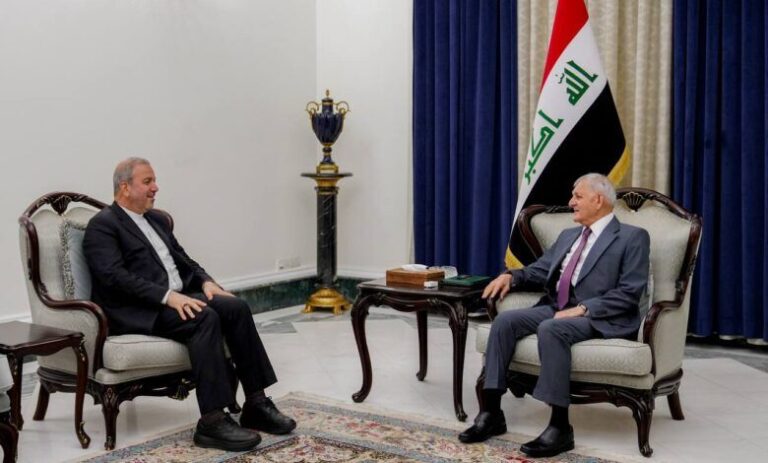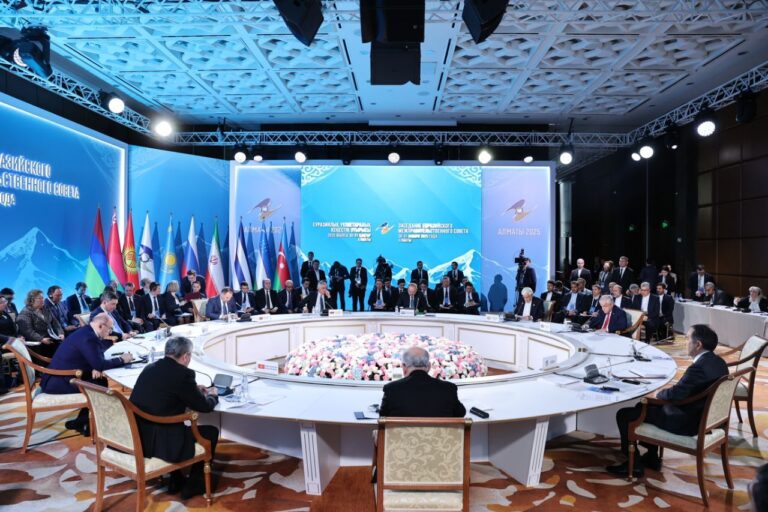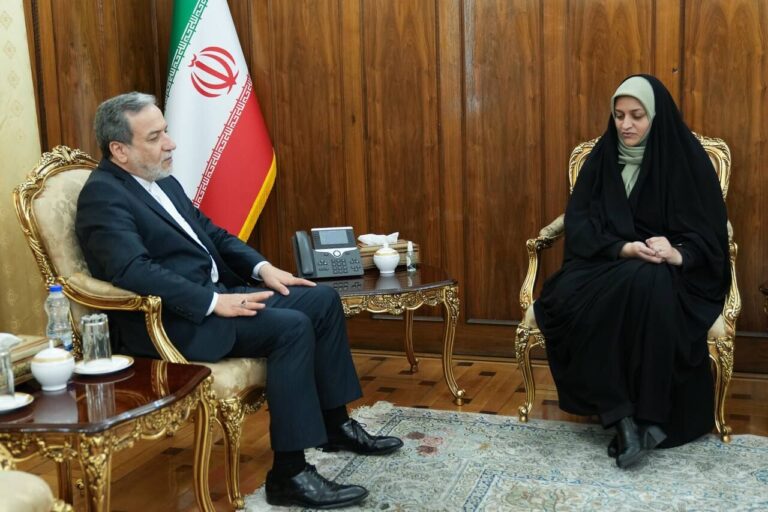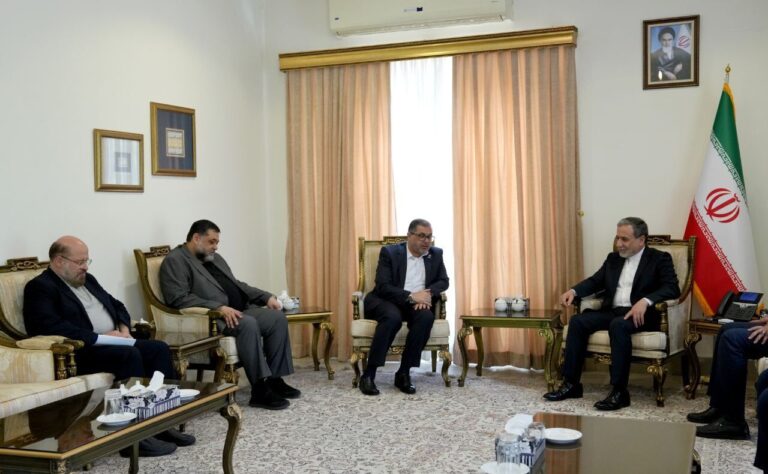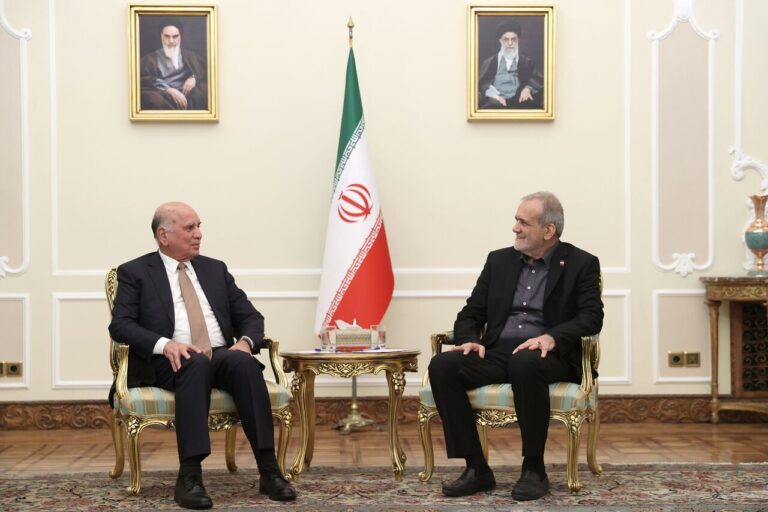Pezeshkian’s Crucial Crossroad: To Defend His Position or Bow Out?
Iranian President Masoud Pezeshkian finds himself at a pivotal moment in his political journey. The question looming large is whether he should persist with his political aspirations amid escalating opposition or yield to the pressure and resign. This article delves into the challenges facing Pezeshkian’s administration, highlighting the key issues that threaten his leadership.
In recent weeks, Pezeshkian has articulated his mounting frustration with several significant obstacles his government is facing. Among these challenges, four critical issues stand out:
- The formal adoption of the hijab law: This controversial law has been a point of contention within Iranian society.
- Negotiations with the United States: These discussions are crucial for lifting sanctions affecting the nation.
- The impeachment of Economy Minister Abdolnaser Hemmati: Hemmati’s removal has sent shockwaves through Pezeshkian’s administration.
- The forced removal of Strategic Deputy Mohammad-Javad Zarif: Zarif’s departure could significantly impact foreign policy negotiations.
Despite his calls for “unity,” Pezeshkian seems increasingly skeptical about the viability of his so-called “unity government.” This coalition consists of only four reformist ministers, while key positions are predominantly occupied by hardliners. The persistent undermining of his efforts by political opponents, entrenched in various power centers, further complicates his administration’s ability to fulfill its campaign promises.
Signs of Defiance from Pezeshkian
On Wednesday, Pezeshkian’s executive deputy, Mohammad-Jafar Ghaempanah, made a notable statement on social media platform X, asserting that Pezeshkian would maintain his refusal to enforce the hijab law, despite pressure from hardline factions. The law, which has remained inactive since its approval by the ultra-hardline Guardian Council in mid-September, was suspended by the Supreme National Security Council (SNSC) due to concerns about public backlash. This decision likely required the consent of Supreme Leader Ali Khamenei.
Pezeshkian’s refusal to formally endorse and announce the contentious hijab law is largely symbolic. The power to activate the law remains with Parliament Speaker Mohammad-Bagher Ghalibaf, who can mobilize Khamenei’s allies in the SNSC and other influential sectors at any time. Previously, Pezeshkian had expressed opposition to the hijab law, but his recent comments have taken on a more assertive tone. “I will not stand against the people,” Ghaempanah quoted him as stating.
Moreover, Pezeshkian has begun to distance himself from policies dictated by higher authorities, including Khamenei. Last week, he candidly acknowledged that direct negotiations with the United States to lift sanctions—an initiative he supports—are not progressing due to Khamenei’s disapproval. This admission marks a significant moment, as it is the first instance of an Iranian president publicly acknowledging a policy disagreement with Khamenei on such a crucial matter.
The Impeachment of Economy Minister Hemmati
Pezeshkian’s response to the hardline-dominated Parliament’s impeachment and subsequent removal of Economy Minister Hemmati on March 2 reveals his precarious position. Under Iranian law, the President must propose a replacement within three months. However, ultra-hardline lawmaker Meysam Zohourian has claimed that Pezeshkian stated he would not nominate a successor as he exited Parliament.
In addition, Pezeshkian has resisted pressure to dismiss his Strategic Deputy, Mohammad-Javad Zarif, recognizing Zarif’s potential importance in negotiations with the United States. Following a meeting with Chief Justice Mohseni-Ejei on March 2, Zarif announced on X that the Chief Justice recommended he return to academia to alleviate pressure on the government. Although government spokeswoman Fatemeh Mohajerani confirmed that Zarif had submitted his resignation, Pezeshkian has yet to approve it.
Is Pezeshkian’s Resignation on the Table?
During his campaign, Pezeshkian made a bold promise: he would resign if he found himself unable to fulfill his commitments. Now, some reformist politicians and activists are urging him to honor that pledge, arguing that if he cannot implement meaningful reforms, stepping down would be the honorable choice. Conversely, others believe it is premature to give up and are encouraging him to persist.
Meanwhile, ultra-hardliners have intensified their calls for his resignation, citing the deteriorating economic situation in Iran. While Pezeshkian has not publicly discussed the possibility of resignation, a source close to his office revealed to Iran International that he is feeling shaken by the losses of Hemmati and Zarif from his cabinet. However, this source also emphasized that Pezeshkian is not one to back down easily.
Empowered by the 200 votes of no confidence against Economy Minister Hemmati—amounting to more than two-thirds of lawmakers—ultra-hardliners may seek to impeach Pezeshkian if he continues to defy them. Under the Islamic Republic’s Constitution, the President can be impeached with the support of one-third of lawmakers. If two-thirds vote against him, he can be removed from office. Historically, this route has been taken only once in the past 46 years, when Abolhassan Banisadr, the first president of the Islamic Republic, was ousted in 1981.

